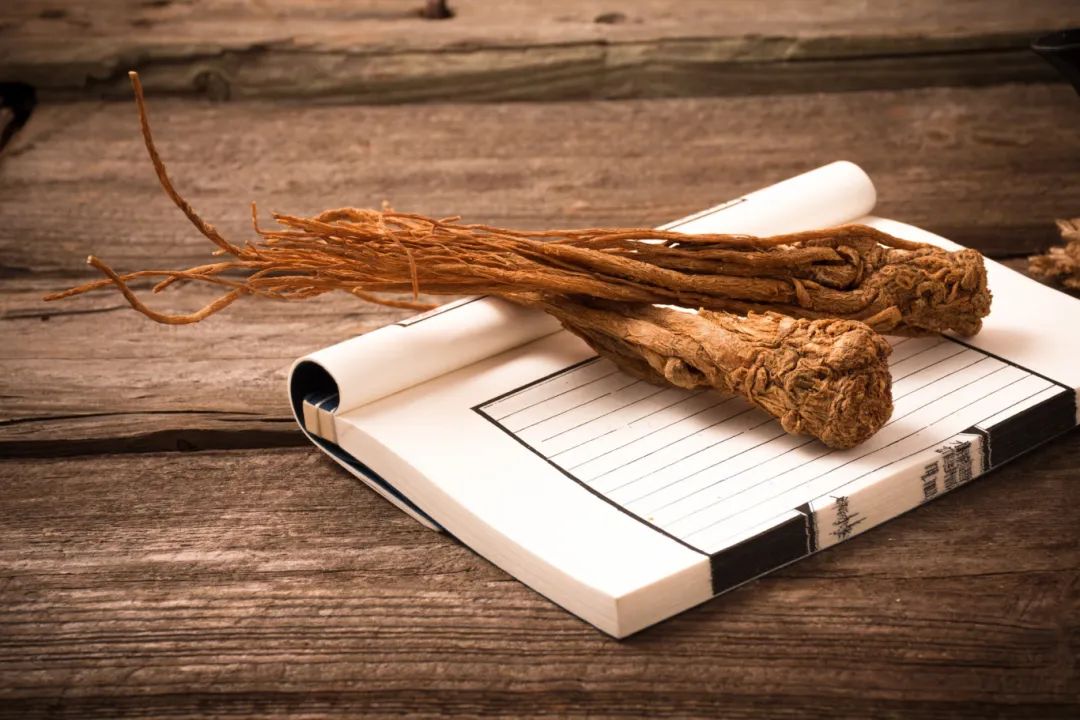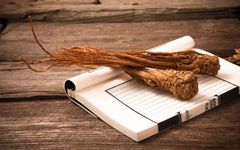“The Sacred Blood-Boosting Herb” Angelica Sinensis (Dang Gui)
Are You Using It Correctly?
For middle-aged and elderly friends, the widely usedblood-boosting herb—Angelica Sinensis (Dang Gui) and the excellent herb for promoting blood circulation—Hawthorn (Shan Zha), each have several different forms. When seeking the effects of blood replenishment and blood circulation, which type of herb should we choose?
01
Different Parts of Angelica Sinensis Have Different Functions
Angelica Sinensis includesthe head, body, and tail, as well as four types of the whole herb, and three common processing methods: Wine-Processed Angelica Sinensis (Jiu Dang Gui), Dry-Fried Angelica Sinensis (Tu Chao Dang Gui), and Charred Angelica Sinensis (Dang Gui Tan).

Angelica Sinensis can effectivelyinvigorate blood and dispel stasis, promoting the generation of new blood. Among them, the head of Angelica Sinensis is mainly used forstopping bleeding, while the body of Angelica Sinensis excels atnourishing and replenishing blood, and the tail of Angelica Sinensis focuses onbreaking blood stasis.
Wine-Processed Angelica Sinensis can enhance the effects ofinvigorating and replenishing blood; Dry-Fried Angelica Sinensis can enhance theability to nourish the spleen and replenish blood, suitable for those with spleen deficiency and blood deficiency; while Charred Angelica Sinensis, due to its reduced pungent dispersing effect, is often used to treatabnormal uterine bleeding and other symptoms.
02
Angelica Sinensis in Medicinal Cuisine
In daily life, if you want to use the “sacred herb for blood” Angelica Sinensis to nourish Qi and blood, which part and which type of preparation should you choose?
It is recommended to use more of the body of Angelica Sinensis in medicinal cuisine, such as Angelica Sinensis and Ginger Lamb Soup and Angelica Sinensis and Motherwort Eggs. This can guide the nourishing power of lamb into the Qi and blood, while the aroma of Angelica Sinensis and ginger can also dispel the fishy smell of lamb, providing comprehensive nourishment to the body.
Preparation Method:
1. Prepare the body of Angelica Sinensis, ginger, and lamb, and simmer them together in a pot;
2. During the simmering process, ensure not to frequently open the lid to prevent excessive loss of volatile oils.
It is important to note that the amount of the body of Angelica Sinensis used in medicinal cuisineshould not exceed 15 grams, and the specific dosage should be adjusted according to the ingredients.
Angelica Sinensis and Motherwort Eggs are suitable for women with kidney deficiency, blood deficiency, Qi stagnation, blood stasis, irregular menstruation, and menstrual pain, and are also suitable for men in recovery to nourish Qi and blood.
Ingredients and Method for Angelica Sinensis and Motherwort Eggs:
1. You will need 20 grams of the body of Angelica Sinensis, 30 grams of Motherwort (Yi Mu Cao), and 2 eggs.
2. First, boil the eggs until cooked, remove the shells, and gently poke a few holes with a needle, then place them in the soup containing Angelica Sinensis and Motherwort, and continue to boil for 3 to 5 minutes.
3. After cooking, you can eat the eggs along with the soup, and it is recommended to consume it once a day.
03
Three Groups of People Should Be Cautious When Consuming Angelica Sinensis
It is important to note that the following three groups of people should be cautious when consuming Angelica Sinensis:
1. People with poor spleen and stomach function: The blood-replenishing effect of Angelica Sinensis relies on the spleen and stomach for absorption and transformation, and those with weak spleen and stomach may not effectively convert the benefits of Angelica Sinensis.
2. Adolescents and children should not consume Angelica Sinensis.
3. It is not advisable to consume Angelica Sinensis during a cold or bleeding period.

